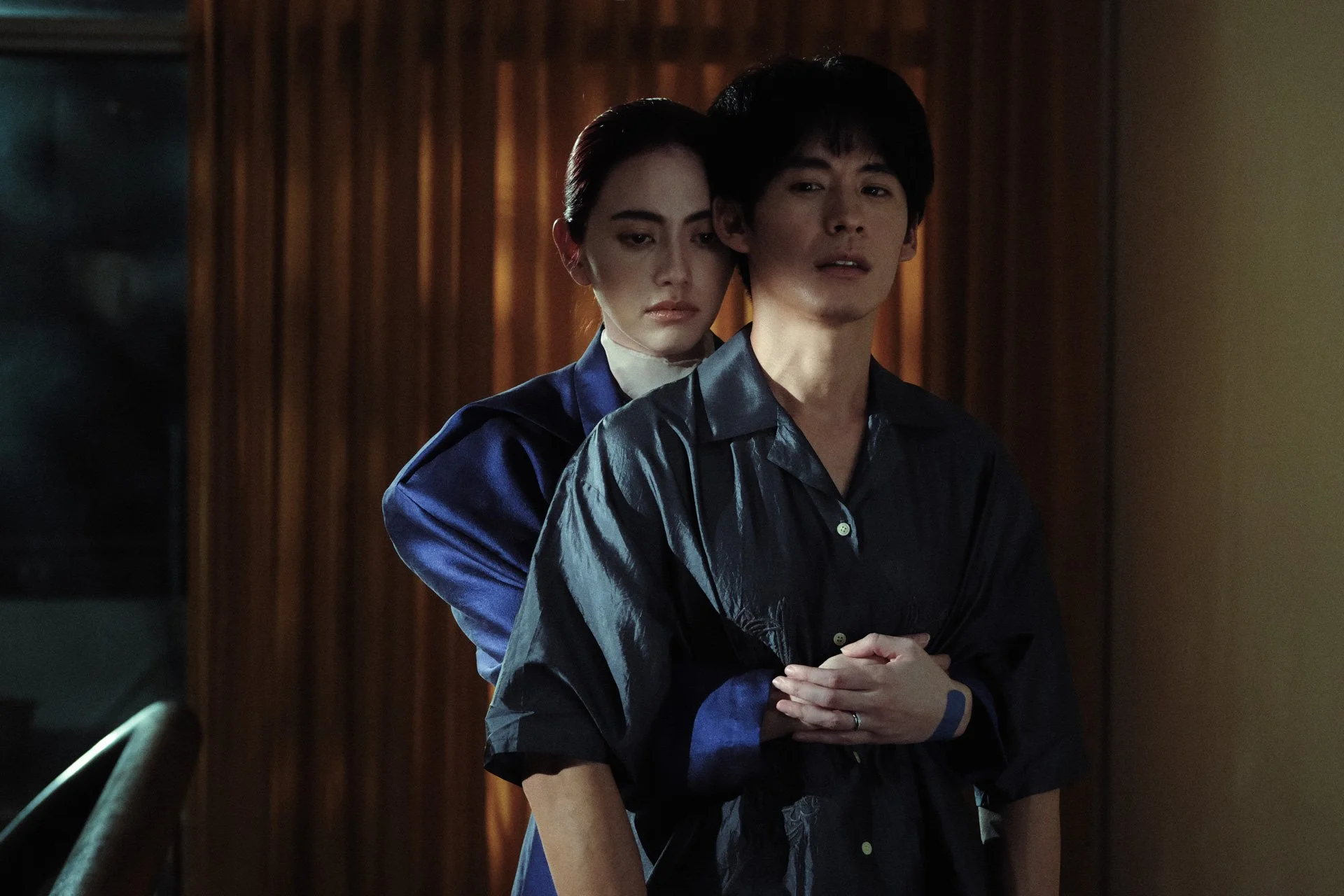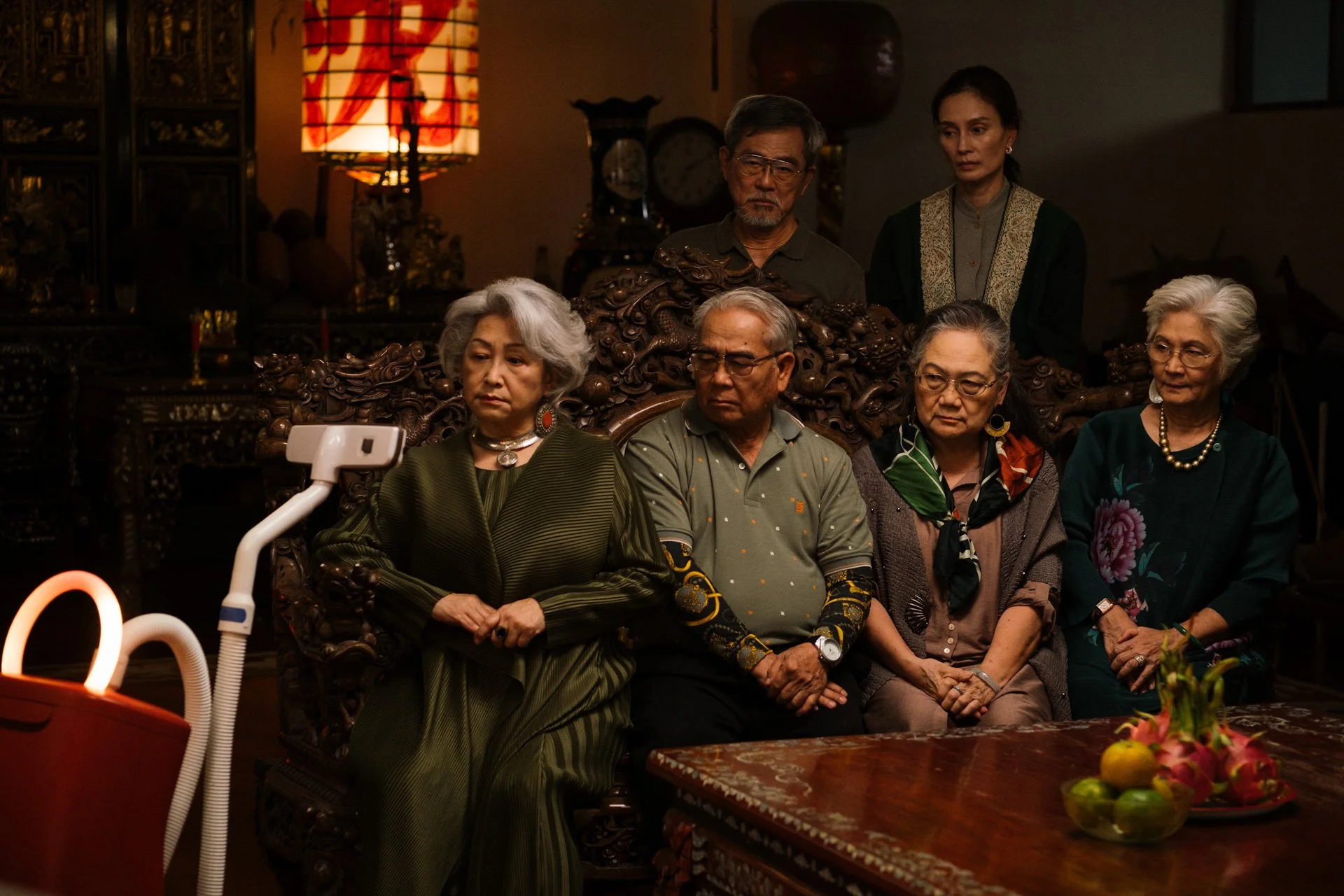CANNES 2025 | "A Useful Ghost" Is A Magnificent Take On Grief And Remembrance
10/12 ForReel Score | 4/5 Stars
"Do you think dreams are images of tragic memories?" asks one of the characters in A Useful Ghost, the debut film by Ratchapoom Boonbunchachoke, which delves into the existential questions that haunt us throughout our lives through a ghost story. What is love, if not a feeling capable of transcending the boundaries between life and death? What are dreams, if not reminders of the losses we’ve endured? Can we reconnect with those we’ve lost? Boonbunchachoke’s film is built around these questions and reflections, presenting us with its ghostly protagonist in a peculiar form: a vacuum cleaner that talks, thinks, and acts on its own.
From the very first scene, it introduces us to its ghostly universe in a spontaneous, comical, yet dramatic way. Gradually, it builds stories around the vacuum cleaner and explains how it works through sound and cinematic imagery. A man who loses his wife in an accident manages to reconnect with her through this vacuum cleaner, which claims to be his deceased lover. Along the way, family members intervene, questioning the love between these two so different beings—one human and the other a machine—declaring that love died with her and can never be recovered. From this point, the film dives deeper into what love means, the boundaries between reality and fantasy, and uses dreams as a magical form of expression that can only reach its purity through cinematic images.
Image courtesy of The PR Factory International Publicity
The film clearly draws from the films of Thai filmmaker Apichatpong Weerasethakul, borrowing elements from works such as Uncle Boonmee Who Can Recall His Past Lives, Tropical Malady, and Cemetery of Splendor, which shape the architecture with which A Useful Ghost explores the dreamlike, the spectral, and the edges of consciousness. The film is in constant transformation, as if its images breathe and shift as it progresses. Transitions blur the line between the tangible world and that of dreams - between matter and memory. The shots dissolve to give way to other times and spaces, revealing a dimension where life and death are not opposites, but engage in a silent dialogue. What are the meanings of this passage? I don’t know for certain. But perhaps filmmaker Ratchapoom Boonbunchachoke senses them, and that’s why he chooses to position the camera with almost meditative precision, creating a mise-en-scène that not only accompanies, but reveals. Each frame seems to seek, within the invisible, the traces of a love that survives the rules of the physical and the reality.
In its second act, the story takes a turn more reminiscent of Michel Gondry’s cinema like Eternal Sunshine of the Spotless Mind, as the director decides to place his characters in electroshock therapy chairs to make them forget their deceased loved ones. This part, while comedic on the surface, touches on a delicate subject with a more tragic tone: the film succeeds in addressing the pain and loss a human being can feel after the death of a loved one. We've all dreamed of that grandfather or grandmother, that uncle or aunt, that brother or sister who are no longer in our world; their souls have crossed boundaries and seem to send us sensory signals through our dreams. For a directorial debut, Boonbunchachoke has a clear vision of the ideas he wants to explore through his images, especially that sorrow that overcomes us when we wake after a dreamlike encounter with a lost loved one. Perhaps, in better words, the film is an ode to memory, to remembrance, and to the pain left behind by those who have departed. It's incredible how mystically the filmmaker constructs this tragicomedy, as tender as it is dark, through sound and cinematic language.
Image courtesy of The PR Factory International Publicity
I find it incredibly difficult to do justice to the spectral and human transmutation achieved by Davika Hoorne in her performance. With every gesture, movement, and dialogue, she embodies a ghostly presence that is both haunting and moving, giving life to both the vacuum cleaner and her human counterpart, Nat. Her character’s transformation is a sea of tears intertwined with the most intimate desires and sorrows of the human experience. Nat wants nothing more than to love, but her limitations make her pain our own. It’s as if, through Hoorne’s eyes, we see a lost loved one reflected; her gaze, laden with melancholy and absence, elevates the film’s experience to almost celestial levels.
In the end, A Useful Ghost is a film that embodies pain and loss through a visual and auditory language influenced by other styles, yet also building its own identity. It tells its story through images and sounds in an authentic way, introducing a new voice in contemporary cinema. It’s a work that sparks curiosity about the path its director might take in the future, and suggests that there’s still room for imagination and renewal within the cinematic landscape.



